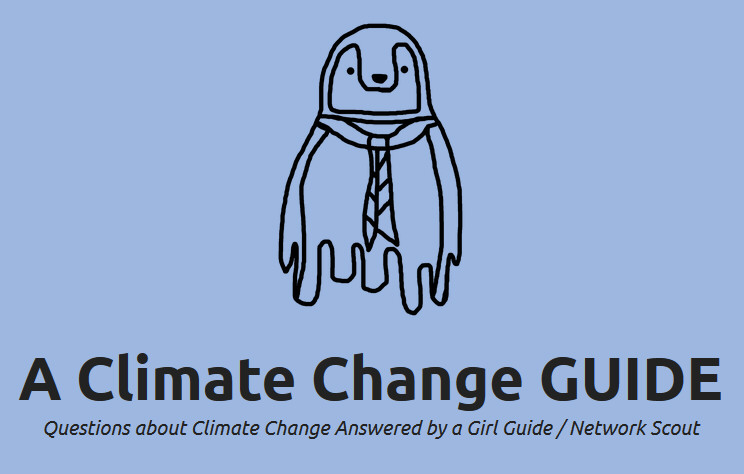Category: SDGs
ReQuest2021 Online Advent Calendar – Day 14
An outline summary of the 14 articles of the Antarctic Treaty:
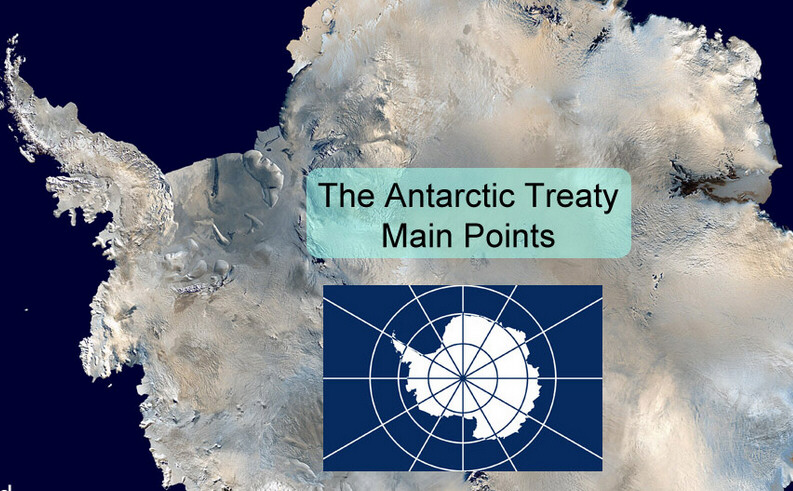
- No military use shall be made of Antarctica, though military personnel and equipment may be used for peaceful purposes.
- There will be complete freedom of scientific investigation.
- Antarctic Treaty Nations will exchange plans for their scientific programmes, scientific data will be freely available and scientists will be exchanged between expeditions where practical.
- All territorial claims are put aside for the duration of the Treaty. No activities under the Treaty will affect claims to sovereignty of any part of Antarctica made by any nation.
- Nuclear explosions and nuclear waste disposal are banned from Antarctica.
- The Treaty applies to all land and ice shelves south of 60° South, but not to the seas.
- All Antarctic stations and all ships and aircraft supplying Antarctica shall be open to inspectors from any Treaty nation.
- Observers and exchange scientists shall be under the jurisdiction of their own country regardless of which national station they may visit. National laws do not apply to stations or areas, but only to the citizens of those countries.
- Treaty nations will meet to consider ways of furthering the principles and objectives of the Treaty. Attendance at these meetings shall be limited to those countries that are engaged in substantial scientific research activity in Antarctica. Unanimous approval will be necessary for any new measures to become effective (i.e. everyone has to agree).
- All Treaty Nations will try to ensure that no one carries out any activity in Antarctica that is against the Treaty.
- Any dispute by Treaty Nations, if not settled by agreement, shall be determined by the International Court of Justice.
- The Treaty may be modified at any time by unanimous agreement. After 30 years any consultative Party may call for a conference to review the operation of the Treaty. The Treaty may be modified at this conference by a majority decision.
- The Treaty must be legally ratified (agreed to) by any nation wishing to join. Any member of the United Nations may join as well as any other country invited to do so by the Treaty Nations. All notices and records are deposited with the Archives of the United States of America.
- The Treaty translated into English, French, Russian and Spanish was signed on 1st December 1959 by 12 states and entered into force on 23rd of June 1961.
(Source: https://www.coolantarctica.com/Antarctica%20fact%20file/science/antarctic_treaty_summary.php)
More facts about the Antarctic Treaty: http://blogs.sun.ac.za/antarcticlegacy/wp-content/blogs.dir/189/files/2015/10/Facts-about-the-Antarctic-Treaty.pdf
ReQuest2021 Online Advent Calendar – Day 12
Twelve months of the year below zero!
At the South Pole, 2,800 meters (9,200 feet) above sea level, the average annual temperature is -49 °C (-56 °F), ranging from about -28 °C (-18 °F) in January to about -59.5 °C (-74.5 °F) in July. The lowest recorded temperature is -83 °C (-117 °F), while the highest is -12 °C (10 °F).
Here are the average temperatures of the South Pole (Amundsen–Scott Station) for the twelve months of the year…

(Source: https://www.climatestotravel.com/climate/antarctica)
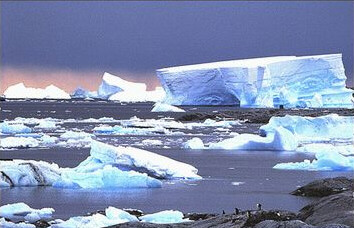
ReQuest2021 Online Advent Calendar – Day 11
Find out all about our 11 varied ReQuest2021 Antarctic Research Projects…
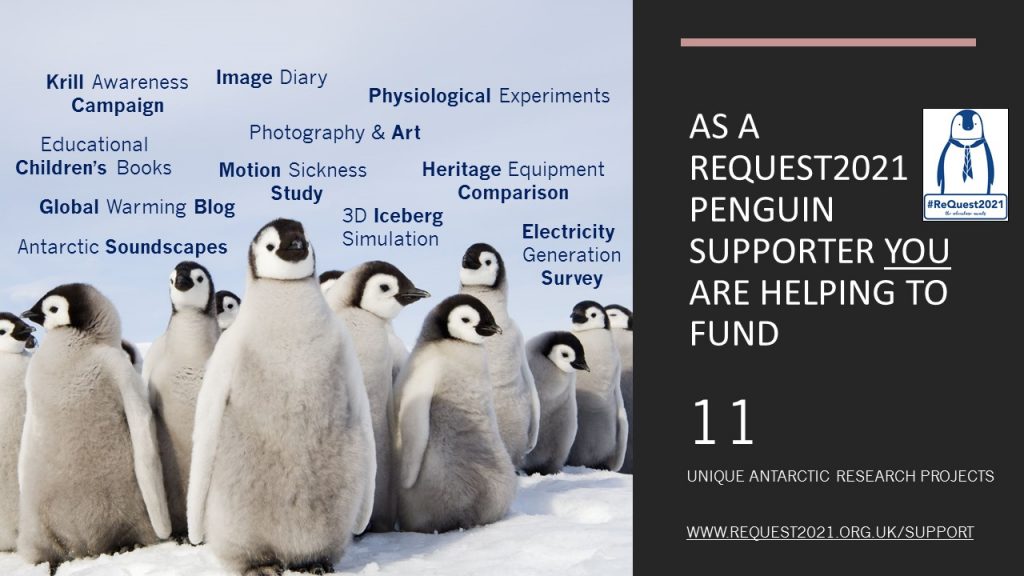
FIND OUT MORE: http://www.request2021.org.uk/research-projects/
ReQuest2021 Online Advent Calendar – Day 6
According to CBS news the Antarctic ice sheet is melting 6 times faster than in 1979…
ReQuest2021 Online Advent Calendar – Day 5
The Arctic vs Antarctica: 5 differences between these two frozen lands:
https://en.ponant.com/differences-arctic-antarctica/
And an associated TED Education Video…
ReQuest2021 Online Advent Calendar – Day 3
Drilling 3Km Ice Cores
Ice cores are drilled in glaciers and on ice sheets on all of Earth’s continents. Most ice cores, however, come from Antarctica and Greenland, where the longest ice cores extend to 3 kilometers—over 2 miles—or more in depth. Ice cores from the cold interior regions of polar ice sheets provide exceptionally well-preserved and detailed climate records. This is because the lack of melt at these locations does not corrupt the record of trapped gases or blur the record of other impurities. The oldest continuous ice core records extend to 130,000 years in Greenland, and 800,000 years in Antarctica.
(Source: https://icecores.org/about-ice-cores)
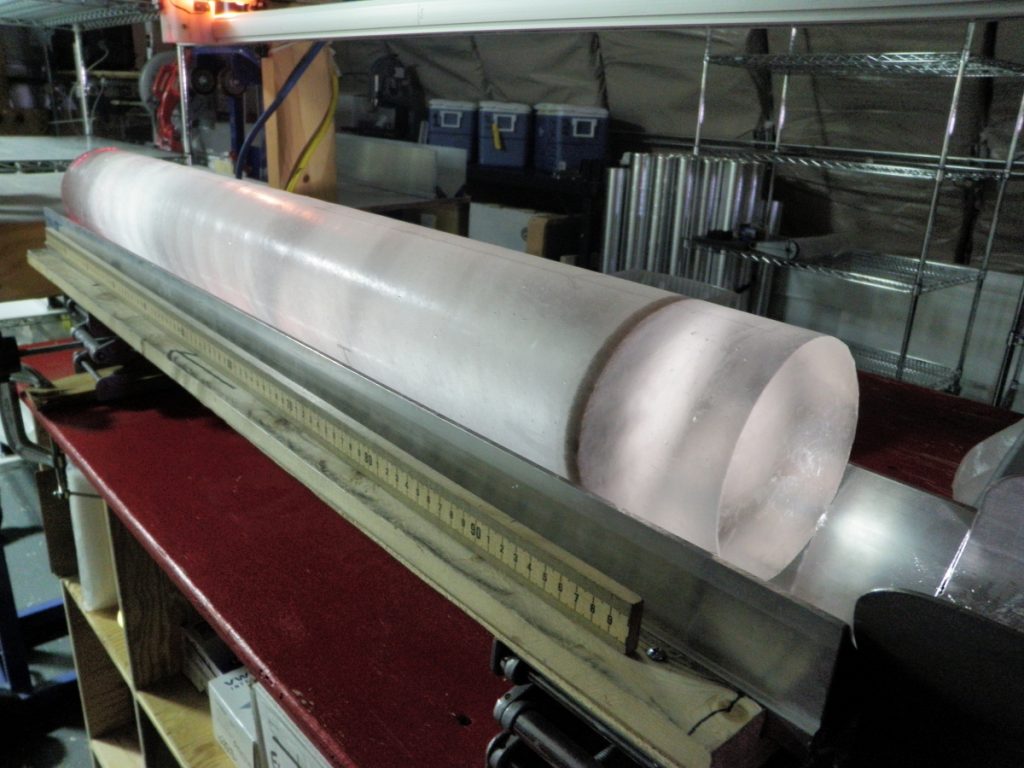
Lucy’s Climate Change Blog
Climate Change is complex and controversial. Lucy’s blog is aimed at Guides and Scouts as well as others who want to learn more about this environmental change.
Lucy is a Geography Undergraduate studying at Durham University and has a particular interest in Climate Change. She is interested in the relation between people and the environment and how we can reduce our negative impacts on our planet.
Research Projects
The ReQuest Team Members will each undertake an Antarctic Research Project and present their results in different formats on their return.
CLIMATE CHANGE
Lucy Morgan’s: Writing a blog about climate change, based around questions people have. Also running Guide/Scout meetings on the topic. Plus she will be running a fundraising event related to climate change.
PHYSIOLOGICAL EXPERIMENT
Genevieve Scullion’s: The physical effects of different temperatures on body functions. With the help of the members of the expedition, she will be able to measure the effect of varying temperatures on lung function, heart rate/ blood pressure and reactions.
3D ICEBERG SIMULATION
George Stonor’s: A study into the movement of icebergs after they have detached from the ice shelf. This would involve understanding the different forces acting on the ice -such as sea currents, winds and gravity – and their resultant effects.
PHOTOGRAPHY & ART
Darcey Holmes’s: Capturing, using photography, a historical journey in contrast with 100 years ago. Using art to convey the overwhelming effects of human activity and climate change on Antarctica’s landscape and wildlife.
THE SOUNDS OF ANTARCTICA
Alan Noake’s: Recording an entire “soundscape” podcast of Antarctica – the various sounds of the ship, icebergs, wildlife and weather. As well as one-to-one interviews with participants, crew, scientists and tourists. The project aim is to produce a complete audio record of the project.
MOTION SICKNESS STUDY
Cathy Mummery’s: The physiological causes of motion sickness and then whilst on Bark Europa look into the various treatments and how effective they are on individuals – shop bought medications, natural remedies and common sense remedies (watching the horizon, fresh air etc.)
PHOTOGRAPHIC RECORD
Laura Bernard’s: Document, through pictures, the physical and psychological effects of fellow explorers throughout the journey to and from Antarctica. Capturing the highs and lows of the entire experience.
ELECTRICITY GENERATION
Matt Wood’s: Carry out first hand research on how electricity is generated and stored in the research bases on Antarctica. We all know that global warming is happening, and one of the key issues contributing to this is the way we (humans) generate and use electricity.

